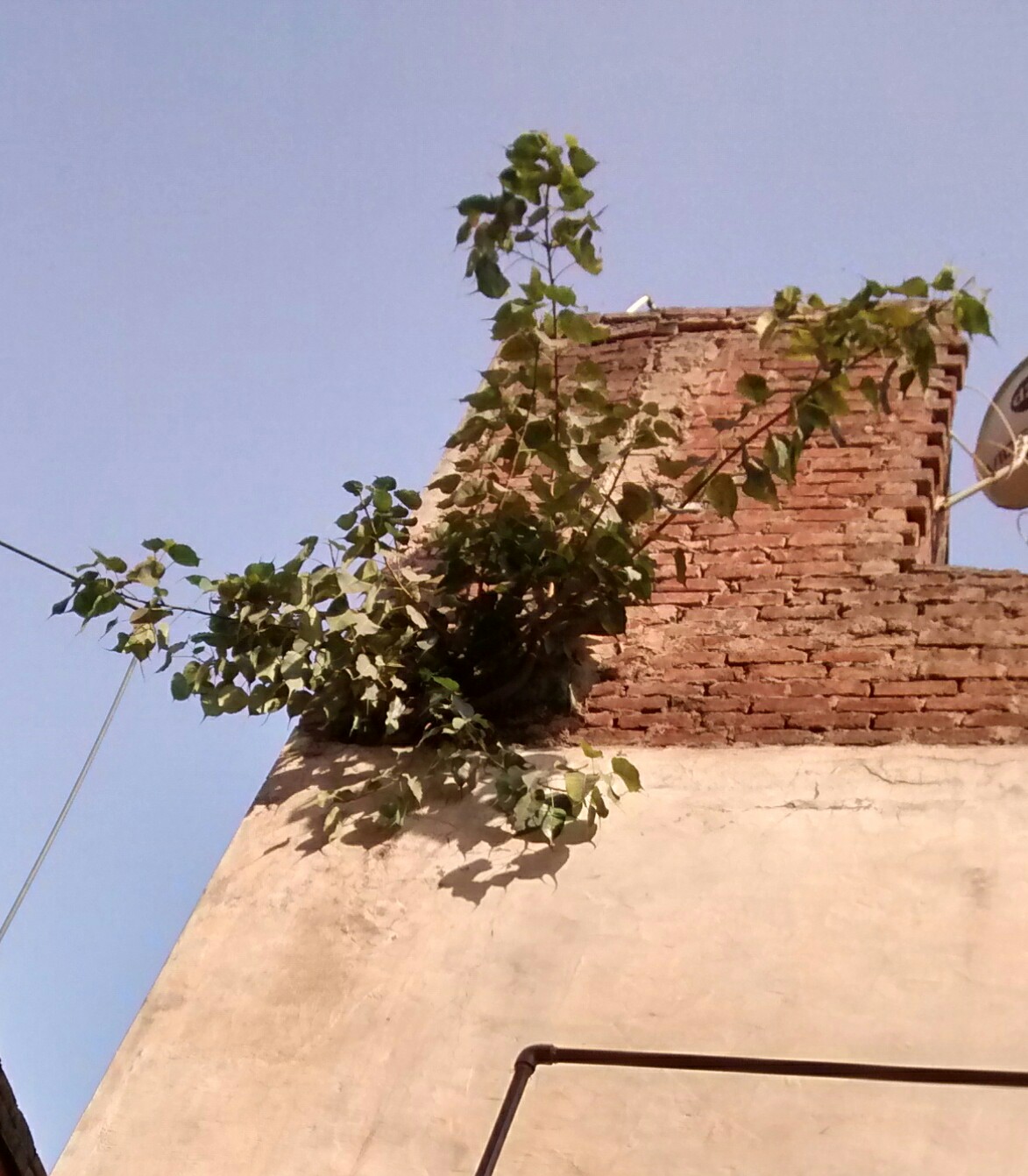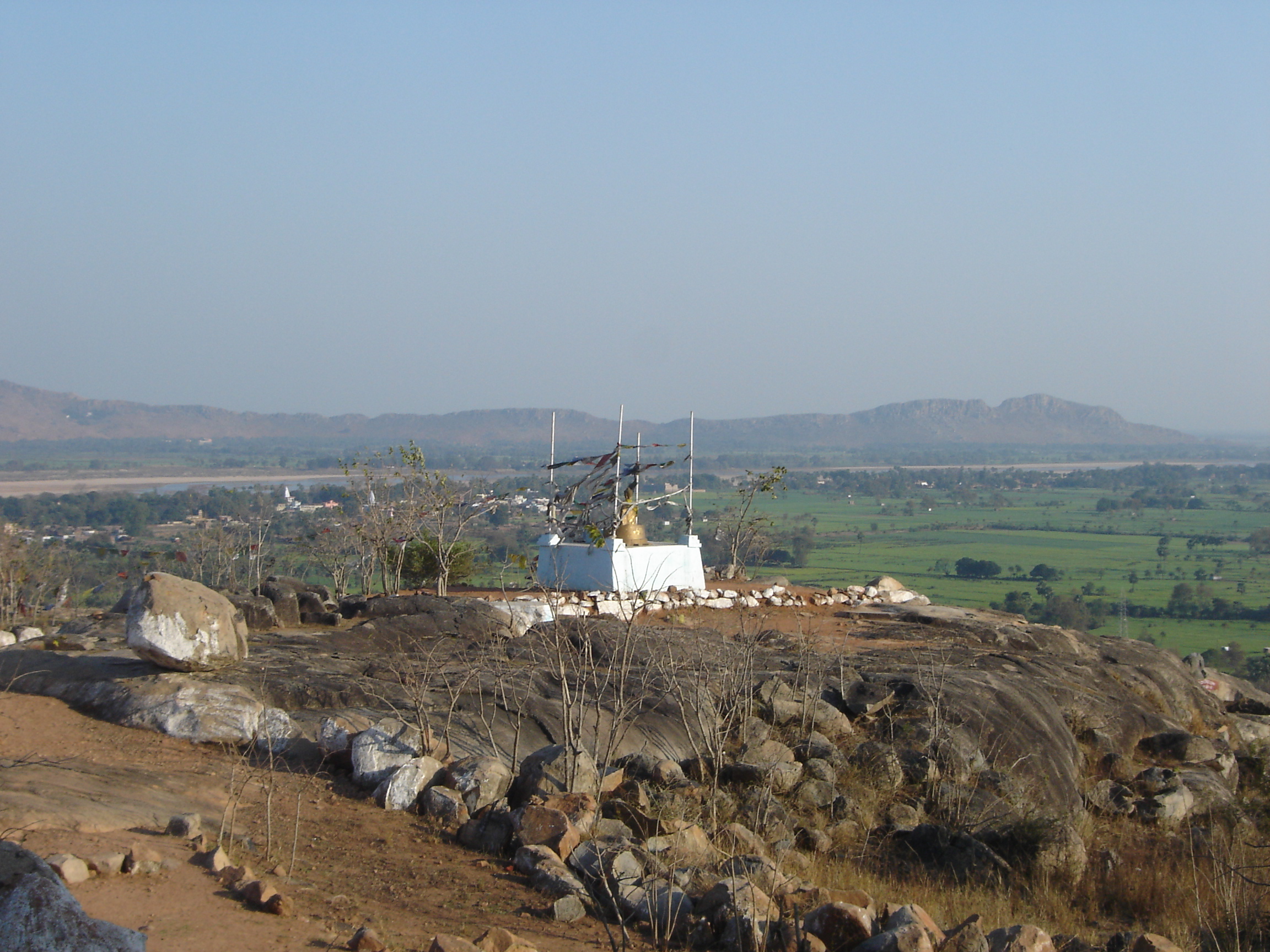|
Lilajan River
The Lilājan River (also known by its Sanskrit name: Nirañjanā) is a river that flows through the Chatra and Gaya districts in the Indian states of Jharkhand and Bihar. It is also referred to as the Nilanjan, Niranjana or Falgu River. Course The Lilājan begins its journey north of Simaria in Chatra district on the Hazaribagh plateau, the western portion of which constitutes a broad watershed between the Damodar drainage on the south and the Lilājan and Mohana rivers on the north. It flows through a deep and rocky channel until it reaches the neighbourhood of Jori. There the hills begin to recede and the stream flows sluggishly over a wide sandy bed. From this point to the Gaya border beyond Hunterganj the river becomes sandy. It is dry in summer but disastrous during the rains. About south of Gaya it unites with the Mohana River to form the Falgu River. Bichkiliya waterfalls The water falls into a ''dah'' or natural reservoir in the Lilājan River. It is west of Cha ... [...More Info...] [...Related Items...] OR: [Wikipedia] [Google] [Baidu] |
India
India, officially the Republic of India (Hindi: ), is a country in South Asia. It is the seventh-largest country by area, the second-most populous country, and the most populous democracy in the world. Bounded by the Indian Ocean on the south, the Arabian Sea on the southwest, and the Bay of Bengal on the southeast, it shares land borders with Pakistan to the west; China, Nepal, and Bhutan to the north; and Bangladesh and Myanmar to the east. In the Indian Ocean, India is in the vicinity of Sri Lanka and the Maldives; its Andaman and Nicobar Islands share a maritime border with Thailand, Myanmar, and Indonesia. Modern humans arrived on the Indian subcontinent from Africa no later than 55,000 years ago., "Y-Chromosome and Mt-DNA data support the colonization of South Asia by modern humans originating in Africa. ... Coalescence dates for most non-European populations average to between 73–55 ka.", "Modern human beings—''Homo sapiens''—originated in Africa. Then, int ... [...More Info...] [...Related Items...] OR: [Wikipedia] [Google] [Baidu] |
Mohana River
The Mohana River (also called Mohani River/Mohane River) flows through the Hazaribagh, Chatra and Gaya districts in the Indian states of Jharkhand and Bihar. Course The Mohana originates on Korambe Pahar on the Hazaribagh plateau near Bendi village, from Hazaribagh It drains the upper part of the plateau. The western portion of the Hazaribagh plateau constitutes a broad watershed between the Damodar drainage on the south and the Lilajan (also called Niranjana) and Mohana rivers on the north. The Mohana then runs north past Itkhori, descends into the Gaya Plains, and crosses the Grand Trunk Road / NH 2 at the foot of the Danua pass. Near Itkhori it intersects the Chatra-Chauparan Road with its wide and sandy channel. below Bodh Gaya it unites with the Lilajan (Niranjana) to form the Falgu. When it goes past the Barabar Hills, it again takes the name of Mohana, and divides into two branches. Waterfalls In the long range of hills south of the border of Gaya district, well ... [...More Info...] [...Related Items...] OR: [Wikipedia] [Google] [Baidu] |
Rivers Of Bihar
A river is a natural flowing watercourse, usually freshwater, flowing towards an ocean, sea, lake or another river. In some cases, a river flows into the ground and becomes dry at the end of its course without reaching another body of water. Small rivers can be referred to using names such as creek, brook, rivulet, and rill. There are no official definitions for the generic term river as applied to geographic features, although in some countries or communities a stream is defined by its size. Many names for small rivers are specific to geographic location; examples are "run" in some parts of the United States, "burn" in Scotland and northeast England, and "beck" in northern England. Sometimes a river is defined as being larger than a creek, but not always: the language is vague. Rivers are part of the water cycle. Water generally collects in a river from precipitation through a drainage basin from surface runoff and other sources such as groundwater recharge, springs, a ... [...More Info...] [...Related Items...] OR: [Wikipedia] [Google] [Baidu] |
Rivers Of Jharkhand
A river is a natural flowing watercourse, usually freshwater, flowing towards an ocean, sea, lake or another river. In some cases, a river flows into the ground and becomes dry at the end of its course without reaching another body of water. Small rivers can be referred to using names such as creek, brook, rivulet, and rill. There are no official definitions for the generic term river as applied to geographic features, although in some countries or communities a stream is defined by its size. Many names for small rivers are specific to geographic location; examples are "run" in some parts of the United States, "burn" in Scotland and northeast England, and "beck" in northern England. Sometimes a river is defined as being larger than a creek, but not always: the language is vague. Rivers are part of the water cycle. Water generally collects in a river from precipitation through a drainage basin from surface runoff and other sources such as groundwater recharge, springs, ... [...More Info...] [...Related Items...] OR: [Wikipedia] [Google] [Baidu] |
Pippala Tree
''Ficus religiosa'' or sacred fig is a species of fig native to the Indian subcontinent and Indochina that belongs to Moraceae, the fig or mulberry family. It is also known as the bodhi tree, pippala tree, peepul tree, peepal tree, pipal tree, or ashvattha tree (in India and Nepal). The sacred fig is considered to have a religious significance in three major religions that originated on the Indian subcontinent, Hinduism, Buddhism and Jainism. Hindu and Jain ascetics consider the species to be sacred and often meditate under it. This is the tree under which Gautama Buddha is believed to have attained enlightenment. The sacred fig is the state tree of the Indian states of Odisha, Bihar and Haryana. Description ''Ficus religiosa'' is a large dry season-deciduous or semi-evergreen tree up to tall and with a trunk diameter of up to . The leaves are cordate in shape with a distinctive extended drip tip; they are long and broad, with a petiole. The fruits are small figs in dia ... [...More Info...] [...Related Items...] OR: [Wikipedia] [Google] [Baidu] |
Sujata (milkmaid)
Sujata, also Sujātā, was a farmer's wife, who is said to have fed Gautama Buddha a bowl of kheera, a milk-rice pudding, ending his six years of asceticism. Such was his emaciated appearance that she wrongly believed him to be a tree-spirit that had granted her wish of having a child. The gift provided him enough strength to cultivate the Middle Way, develop jhana, and attain Bodhi, thereafter becoming known as the Buddha. The village of Bakraur near Bodh Gaya is believed to be her home. The Sujata Stupa was dedicated to her there in the 2nd century BCE. Gallery File:092 Cave 11, Buddha with Sujata from Side (33438497684).jpg, Sujata and the Buddha in Ajanta (Cave 11). File:084a Sujata presents food to the Bodhisattva in her Home (28143370033).jpg, Sujata in Lalitavistara, Borobudur. File:083 Sujata (detail) (9166313782).jpg, Sujata and the Buddha (Thailand). File:Sujata in Wat Pho.jpg, Sujata in Wat Pho. File:037 Sujata offers Milk-Rice to the Bodhisatta who later fl ... [...More Info...] [...Related Items...] OR: [Wikipedia] [Google] [Baidu] |
Madhupayasa
''Madhupāyāsa'' is a Pali language term appearing in certain versions of the Tipitaka in Thailand. It is mentioned in the life story of the Buddha as his first meal following six years of extreme asceticism, given to him by Sujata. It probably refers to a honey-infused ''kheer'' or ''pāyāsa'', a rice pudding dish dating back to Ancient India According to consensus in modern genetics, anatomically modern humans first arrived on the Indian subcontinent from Africa between 73,000 and 55,000 years ago. Quote: "Y-Chromosome and Mt-DNA data support the colonization of South Asia by m .... Today, the name is used for a group of sweetened rice dishes made as offerings in Buddhist festivals in Thailand. References Buddhism in Thailand {{Buddhism-stub ... [...More Info...] [...Related Items...] OR: [Wikipedia] [Google] [Baidu] |
Siddhārtha Gautama
Siddhartha Gautama, most commonly referred to as the Buddha, was a wandering ascetic and religious teacher who lived in South Asia during the 6th or 5th century BCE and founded Buddhism. According to Buddhist tradition, he was born in Lumbini, in what is now Nepal, to royal parents of the Shakya clan, but renounced his home life to live as a wandering ascetic ( sa, śramaṇa). After leading a life of begging, asceticism, and meditation, he attained enlightenment at Bodh Gaya in what is now India. The Buddha thereafter wandered through the lower Indo-Gangetic Plain, teaching and building a monastic order. He taught a Middle Way between sensual indulgence and severe asceticism, leading to Nirvana, that is, freedom from ignorance, craving, rebirth, and suffering. His teachings are summarized in the Noble Eightfold Path, a training of the mind that includes meditation and instruction in Buddhist ethics such as right effort, mindfulness, and ''jhana''. He died in Kushina ... [...More Info...] [...Related Items...] OR: [Wikipedia] [Google] [Baidu] |
Chatra, Jharkhand
Chatra is the headquarters of Chatra district in the Indian state of Jharkhand. History Chatra was the “headquarters” of Ramgarh district in the 18th-19th century. The renowned reformer, Raja Rammohan Roy, was ''sheristadar'' in Ramgarh district, in 1804–05, and used to function from both Ramgarh and Chatra. Subsequently, Ramgarh district became part of North-western Frontier Agency and Hazaribagh district came up. Chatra became a subdivision of Hazaribagh district in 1914. It became a full-fledged district in 1991. Geography Location Chatra is located at . Chatra has several waterfalls around it: Goa Falls (6 km), Keridah Falls (8 km), Maludah Falls (8 km), and Bichkiliya (11 km). Balbal Duari (25 km) has a hot spring. Area overview The map alongside shows that the forests (mark the light shading), covering around 60% of Chatra district, are evenly spread across the district. It is a plateau area with an elevation of about above mean sea lev ... [...More Info...] [...Related Items...] OR: [Wikipedia] [Google] [Baidu] |
Gaya, India
Gaya ( IAST: ) is a city, municipal corporation and the administrative headquarters of Gaya district and Magadh division of the Indian state of Bihar. Gaya is south of Patna and is the state's second-largest city, with a population of 470,839. The city is surrounded on three sides by small, rocky hills ( Mangla-Gauri, Shringa-Sthan, Ram-Shila, and Brahmayoni), with the Phalgu River on its eastern side. It is a city of historical significance and is one of the major tourist attractions in India. Gaya is sanctified in the Jain, Hindu, and Buddhist religions. Gaya district is mentioned in the great epics, the ''Ramayana'' and the ''Mahabharata''. It is the place where Rama, with Sita and Lakshmana, came to offer pind-daan for their father, Dasharath, and continues to be a major Hindu pilgrimage site for the pind-daan ritual. Bodh Gaya, where Buddha is said to have attained enlightenment, is one of the four holy sites of Buddhism. Gaya was chosen as one of twelve heritage ci ... [...More Info...] [...Related Items...] OR: [Wikipedia] [Google] [Baidu] |




.jpg)
